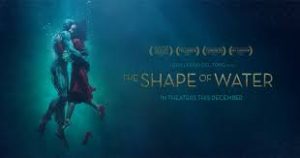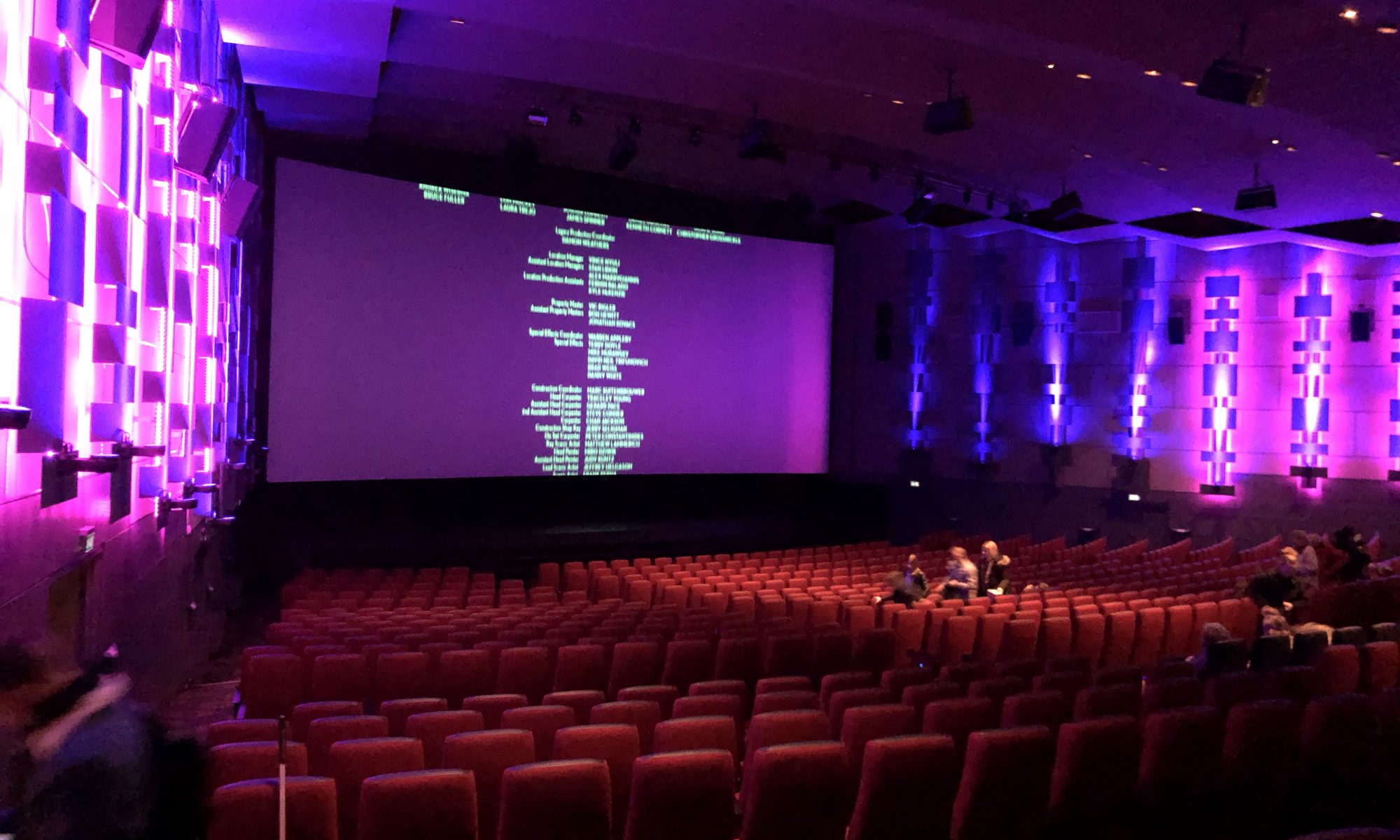I saw The Shape of Water several months ago and have been wondering since about the duality of my response to it; aesthetically it dazzles me, but emotionally I maintain a certain distance.
It was almost like being in a pool of water beneath the surface and watching a dream populated with actors I adore playing out a scenario that inspires my sense of social justice inside a setting that takes my breath away…all the while…I can’t let go and swim over to them to become part of the make believe.
Because I think Guillermo del Toro is talented and his film Pan’s Labyrinth is remarkable in every way, I decided to see The Shape of Water again and try to puzzle through the reasons for my detachment from this story.

One of the things I like to do this semester in Copenhagen is visit different venues around town.
I had been looking forward to taking in a screening at the Imperial Theatre. With over 1000 seats, this is the largest cinema in Scandinavia and is the site for all of the big premieres in Denmark.

Let’s just say, I hope to make a return visit.
Watching the film again clarified my feelings, but not in the way I hoped. I wanted The Shape of Water to move me as profoundly as Pan’s Labyrinth, but instead the second screening reinforced my detachment.
Why can’t I give myself over to this film completely? It’s the story.
I love the idea of embracing “the Other,” but the practice of identifying various others — Zelda (Octavia Spencer) is black; Giles (Richard Jenkins) is gay; Elisa (Sally Hawkins) is physically disabled — in such a spot on way before [SPOILER] uniting Elisa with the Amphibian Man (Doug Jones) monster is simply too spot on.
So, too, is Richard Strickland (Michael Shannon) as the embodiment of the patriarchy in a particularly toxic display of white masculinity.
These are some of my favorite actors, and some of them have engaged me deeply in various films over the years, feelings I wanted to have about this one, too.
Something we discussed in my Gender in Nordic Cinema class yesterday shed more light on my response. We were discussing the idea of the monstrous feminine in film and the way that horror films help us deal with cultural disruptions and transgressions before returning to order and reestablishing boundaries.
It is common in films dealing with the abject (something bad) to address then expel the element. The abject can be blood or infection or dead bodies (think of zombie movies) or maternal elements (think of Alien) or a collapse of boundaries.
In The Monstrous Feminine (1993), Barbara Creed writes about several different types of boundary violations as expressions of the abject: human and non-human interactions; natural and supernatural collisions; normal and abnormal gender behavior and sexual desire; and the contrast between different types of bodies based on cleanliness or able-bodiedness.
The Shape of Water, arguably, addresses not one or two of these border crossings but all of them.
Perhaps that is too much to allow for the willing suspension of my disbelief, but I don’t think that is exactly the problem for me.
The narrative doesn’t create quite enough context (particularly with regard to the the Amphibian Man) for me to make that leap.
The combination of the assembled “Others” — Elisa and her neighbor at home and Elisa and her best friend at work — and the mysteriousness of her love interest makes the film a bit too allegorical to engage my heart over my head, a condition that makes me “think” this film more than “feel” it or, even, to find a nice balance between the two.
After all, I always want both, but my favorite films tend to be those I feel most strongly at first then begin to analyze over time to figure out what I’m feeling and why.
The class conversation yesterday also turned to The Shape of Water, which only a few of the students have seen.
One mentioned that he could not believe the connection between Elisa and Amphibian Man. He just didn’t buy it. Fair enough.
Another suggested that there might be a deeper connection between them than is explored in the movie, a previous connection. He noted that Zelda relates at one point in the film that her friend was found by the water as an infant with the damage to her throat.
This intrigues me.
You see, I believe in things we don’t understand. I won’t deny it if you call me a mystic.
I am willing to go down the watery path suggested by The Shape of Water, but I need a few more details to lead me there…more inspiration to turn off my brain and immerse myself in its watery depths…and…I’m not quite there…
